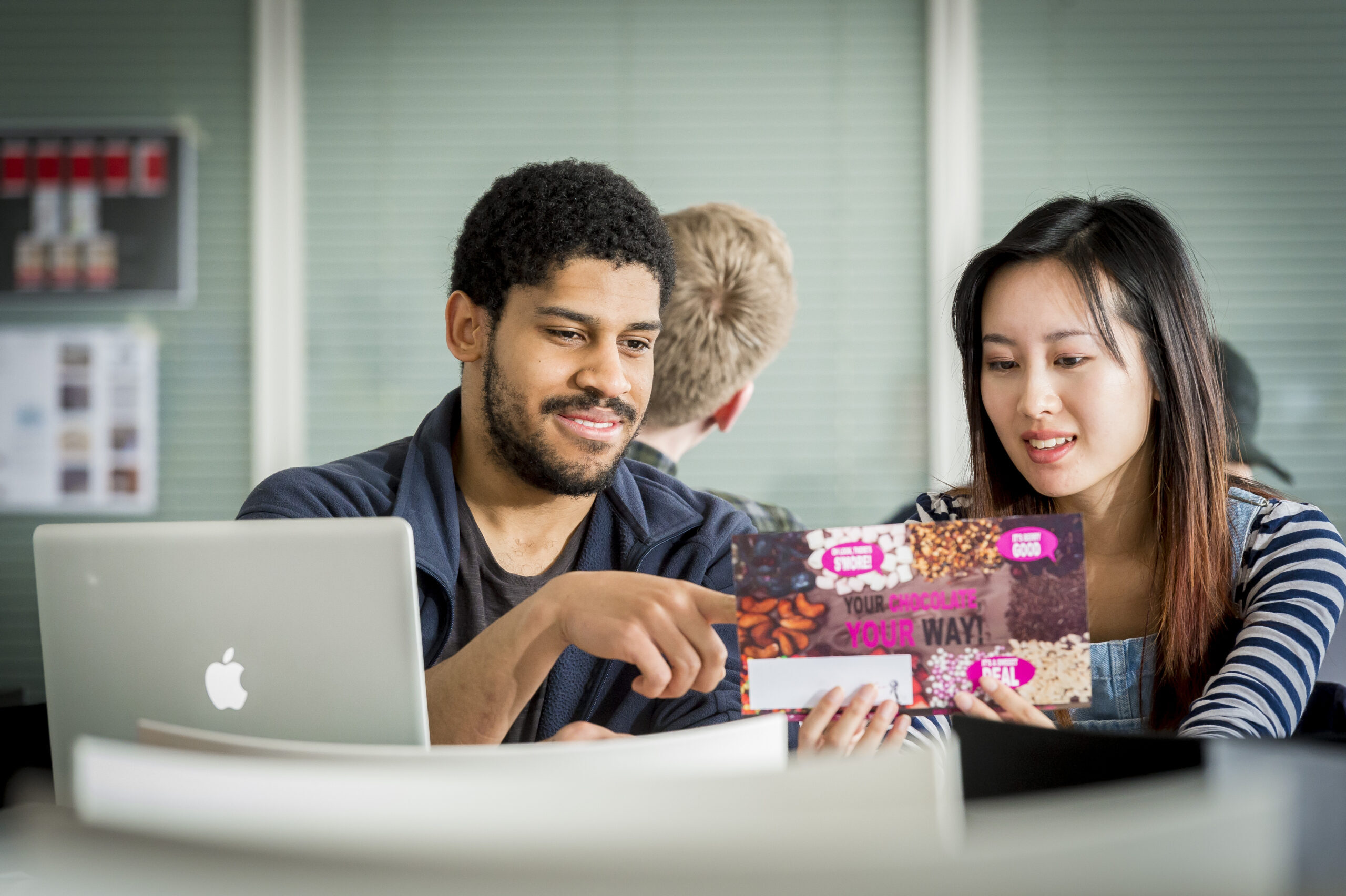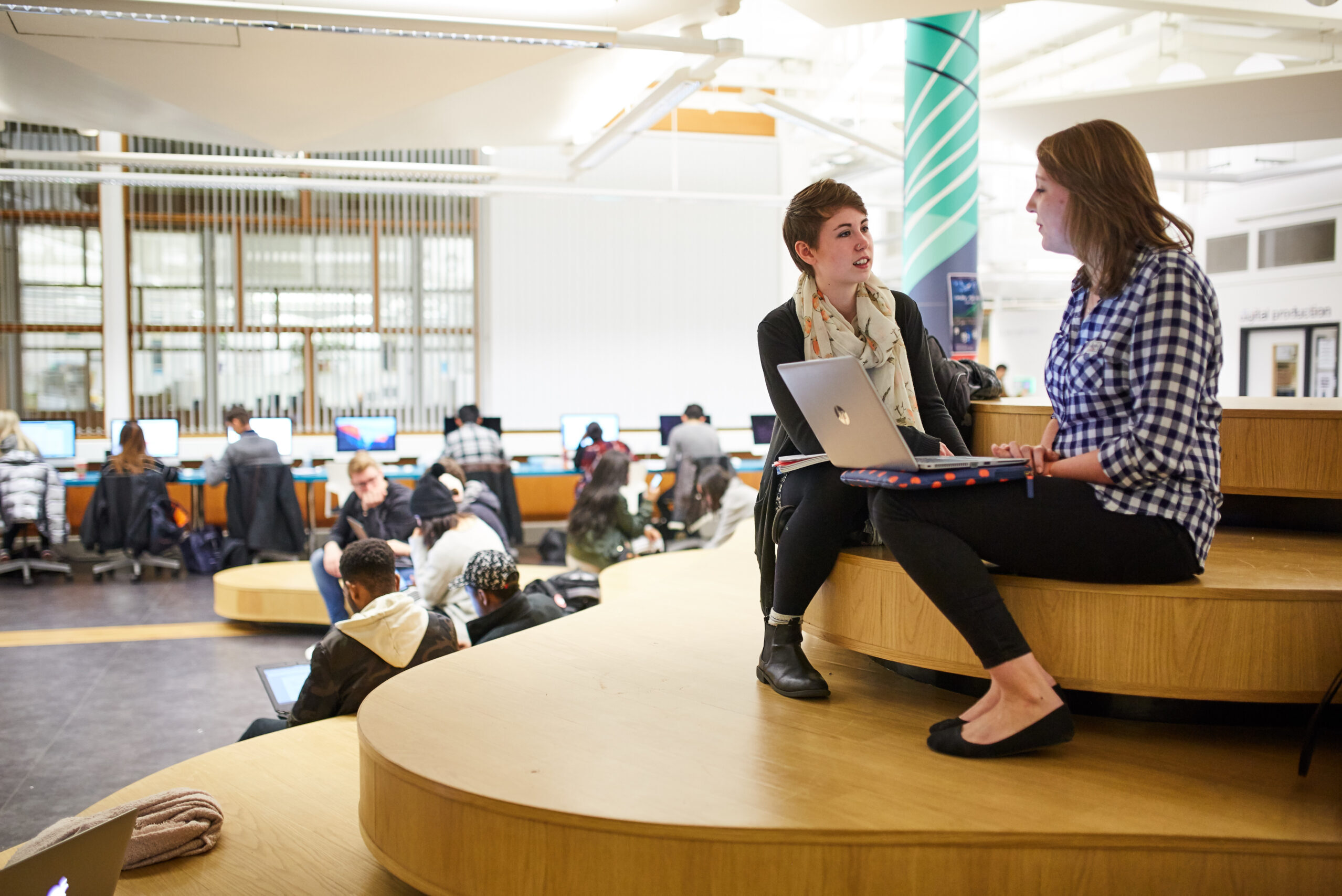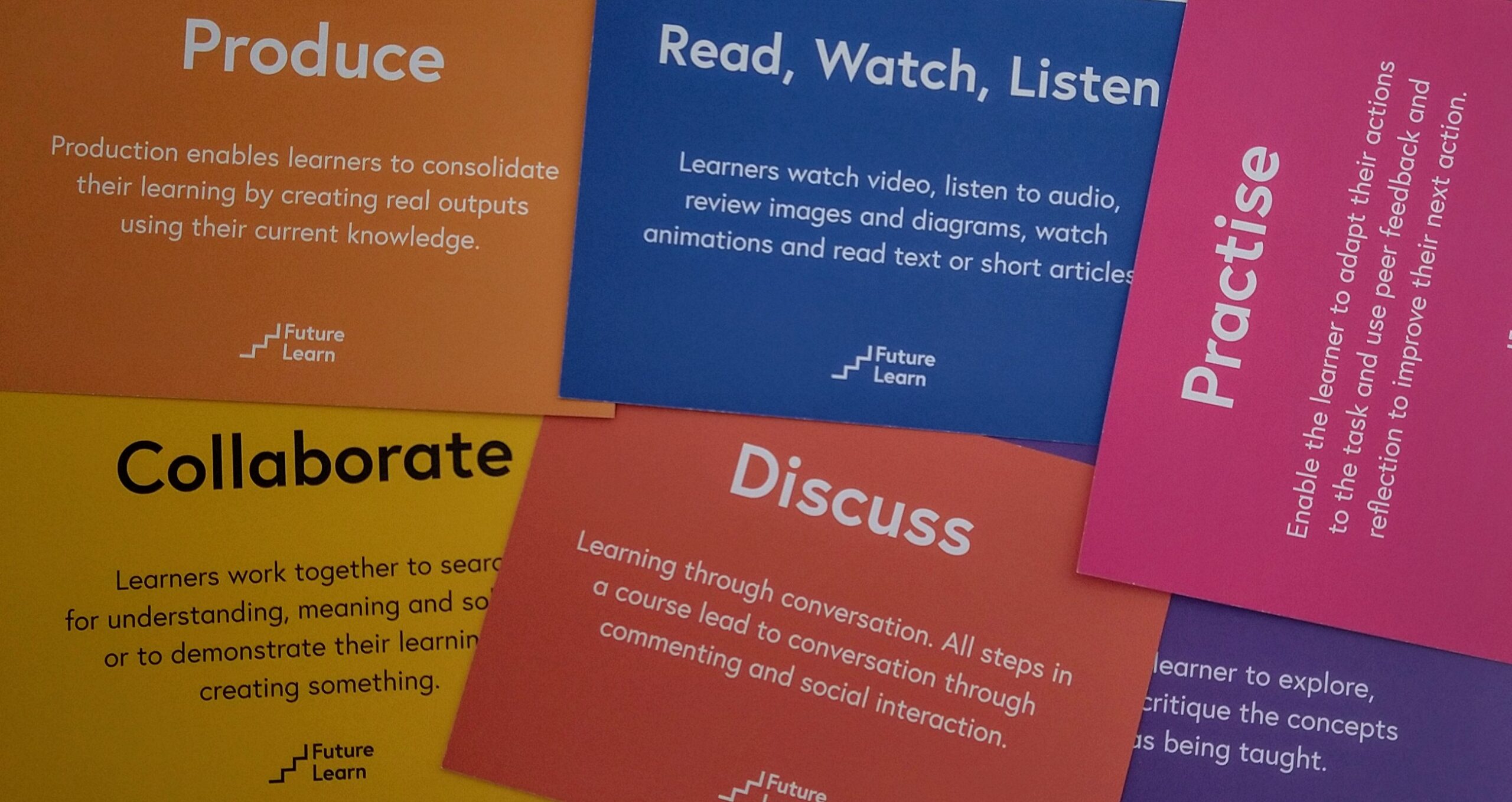Policy Documents
At Coventry, distance learning has been implemented for a few years and it is now part of its strategy.
 Relevant Policy and Resources
Relevant Policy and Resources Digital Pedagogy
Digital tools are important in the process of teaching online but pedagogy is still the key element.
 What is Digital Pedagogy?
What is Digital Pedagogy?Goals
This resource provides support for designing digital first learning, including blended and learning online.
 Goals of this Resource
Goals of this ResourceTheories of Design for Learning
Model based on Diana’s Laurillard approach:
Building Pedagogical Patterns for Learning and Technology
Learning through Acquisiton
Making resources available and presenting information forms part of most active learning designs. This might include accessing information through printed materials or the web, watching videos or demonstrations or attending lectures. Learning technologies can be used to enhance these by improving quality, combining different media, enabling student engagement and by making the process of acquisition more active for the learner.
ActivitiesLearning through Inquiry
Central to an inquiry-based approach is that students undertake a task – generating and testing their own ideas. The learning process, rather than the product is as important and so ensuring support as students work on the task and that they have access to appropriate resources will be important. Inquiry based projects can be designed to run over different time lengths – day through to several weeks.
ActivitiesLearning through Discussion
Challenging learners to articulate their own thoughts have them challenged and work toward resolution is the basis of learning through discussion. It can take many class based forms, seminar, tutorial, small-group, buzz group, activity sets etc. The use of learning technologies provides additional affordances for use of discussion as pedagogy, with the possibility of it being asynchronous as well as synchronous.
ActivitiesLearning through Practice
Learning through practice provides a goal-oriented action with meaningful feedback and revision (Laurillard, 2012: 164). Also referred to as ‘learning by doing’, this might involve activities in practical classes or in non-contact time. Learning through practice can be broadly categorised into analysis, application and simulation.
ActivitiesLearning trhough Collaboration
Collaboration is a shared endeavour with a common purpose for the group as a whole. It places the emphasis on social learning as opposed to cooperative learning, which emphasises individual learning in a group context. In both cooperative and collaborative learning the goal is a common output for the group (Laurillard, 2012). Learning technologies can be used to provide variety in the final product or output of the collaborative activity.
Activities


